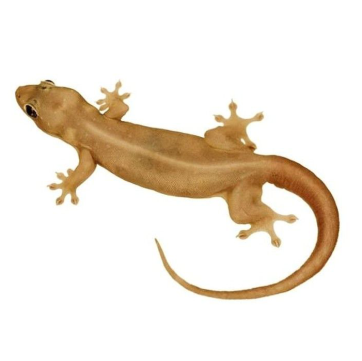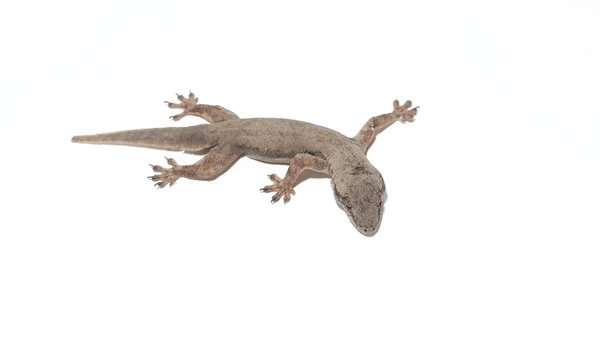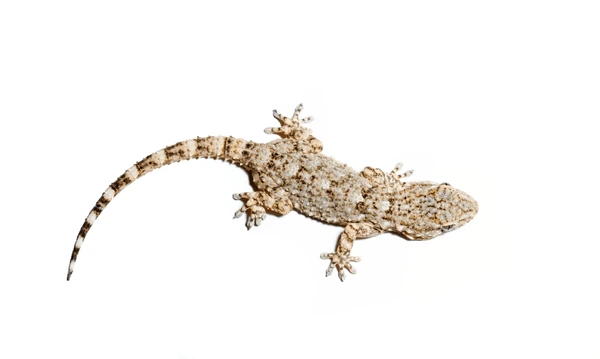
Cicaks are small reptiles that are generally found in tropical and subtropical environments throughout the world, including in Indonesia. Here are some common living places for lizards:
Inside Houses and Buildings: Lizards are often found inside houses, especially in warm and humid tropical areas. They often wander around walls, ceilings, or household furniture in search of food and hiding places. They can also be found in cupboards, behind pictures, or between furniture.
In Parks and Gardens: Lizards are also often found in parks or gardens, especially in areas that are damp and abundant in vegetation. They like to hide among leaves, behind rocks, or in tree holes. Lizards in gardens can also be found around plants or flowers that attract insects as food.
In Urban Environments: Lizards are often found in urban environments, especially in areas that have many buildings and structures that provide hiding places and food sources for them. They can be found on roofs of houses, walls of buildings, or around rubbish dumps.
In Wild Areas: Cicaks can also be found in natural habitats such as forests, bushes, or rocky areas. They can hide among leaves, behind rocks, or in holes in the ground. Lizards in the wild generally eat insects and other small animals as a food source.
In Agricultural Areas: Cicaks are often found in agricultural areas, especially in areas that have lots of crops or rice fields. They can hide among plants or in soil mounds. Lizards in agricultural areas can help control insect populations that are pests for plants.
Lizards are very adaptive animals and can live in various environments. They have the ability to hide well and adapt to environmental changes, which is why they can be found in many different places both in the wild and around human settlements.
Prevention of the presence of lizards in homes or around human settlements is generally carried out in ways that do not harm or harm the animals. Here are some preventive measures that can be taken:
Close Gaps and Holes: Make sure to close gaps and holes in the walls, floors, or roofs of the house that could provide entry points for lizards. This can be done using materials such as wire mesh or gap filler.
Maintaining Cleanliness: Regularly cleaning your home and reducing the buildup of dirt or food scraps can help reduce the attractiveness of lizards. Make sure to clean up leftover food in the kitchen, clean up spilled drinks, and store food in closed containers.
Use of Repellents: Electronic or natural repellents, such as the smell of cloves, betel leaves, or orange peel, can be used to keep lizards away from the house. You can also try using ultraviolet light or a blue LED light, as lizards tend to avoid bright light.
Cutting Branches and Leaves: If lizards often enter your house through open windows or doors, make sure to cut branches or leaves that grow close to the house. This will reduce the possibility of lizards jumping or flying into the house.
Maintain Humidity: Lizards like a humid environment, so make sure to keep the humidity in the house from getting too high. This can be done by using an air dryer or good ventilation.
Use of Traps: If problems with lizards persist, you can use specially designed traps to catch and release lizards into their natural environment. Make sure to use a trap that will not harm or hurt the lizard.
It is important to remember that lizards have an important role in the ecosystem by helping control insect populations that are pests for plants and the environment. Therefore, preventing the presence of lizards should be done in safe and environmentally friendly ways.

Cicak Rumah
Hemidactylus frenatus

Cicak Kecil
Cosymbotus platyurus

Cicak Buaya
Tarentola mauritanica